History's Most Famous Whistleblowers

- In 1970, Frank Serpico went to The New York Times to expose the systematic corruption that existed within the NYPD, which resulted in the creation of the Knapp Commission.
- Mark Felt, the Associate Director of the FBI, leaked classified information regarding Nixon’s involvement and active cover-up of the Watergate Scandal to two reporters from the Washington Post.
- Linda Tripp contributed to Clinton’s impeachment trial of 1998 by handing over recordings of Monica Lewinsky revealing details about her affair with the president.
A whistleblower is defined as an individual who alerts the public about another individual or organization that is secretly involved in illicit or unethical activities. Throughout history, there have been all sorts of people who, for one reason or another, have divulged classified information. From naval officers during the American Revolution to the more recent case of Edward Snowden, this article explores ten of the most famous whistleblowers. Some have sparked important international conversations, while others met mysterious deaths along dark state highways.
Samuel Shaw and Richard Marven (1778)
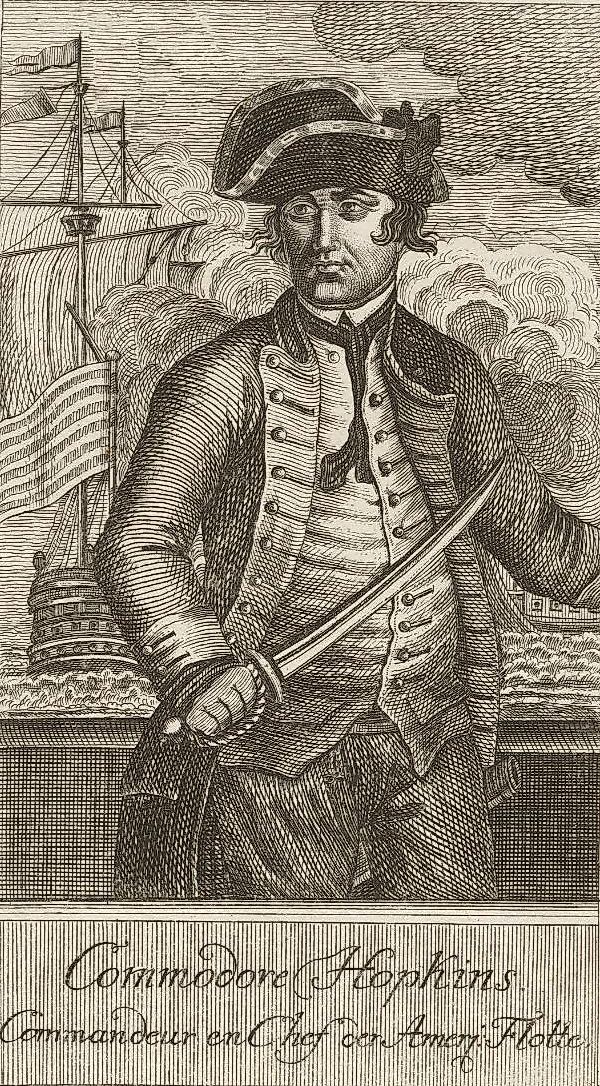
Esek Hopkins was the commander in chief of the first United States Navy during the American Revolution. Known for his improper and wicked behavior, he frequently defied George Washington’s orders. At the time, British captives were expected to be treated fairly, so when midshipman Samuel Shaw and third lieutenant Richard Marven witnessed Hopkins torturing his prisoners, they spoke out against their superior officer, despite the risks of being branded as traitors. Hopkins was suspended in January 1778. He immediately filed a criminal libel suit against the two men, prompting the Continental Congress to enact the first whistleblower protection law in July of that same year.
Julius Chambers (1872)
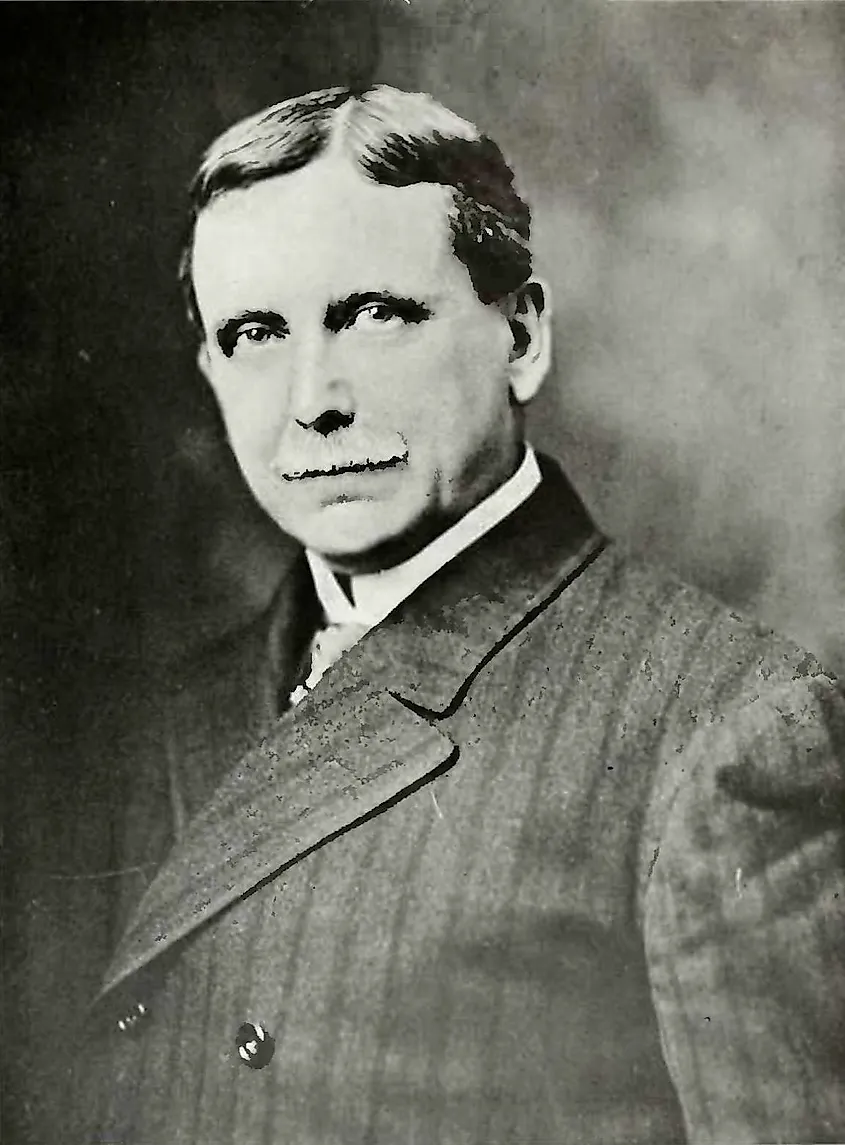
After graduating from Cornell University, Julius Chambers secured a position with the New York Tribune. He went on to become one of America’s first investigative journalists. In 1872, he took an interest in Bloomingdale Asylum when rumors of inmate abuse reached his ears. With the help of some trusted friends, he had himself committed to conduct undercover work. He was released ten days later and published an exposé in the Tribune revealing the truth. As a result, twelve patients were released, and the entire institution was reorganized. From then on, Chambers became a fierce advocate for the rights of the mentally ill and fought for better care facilities and treatments.
Frank Serpico (1967 – 1970)
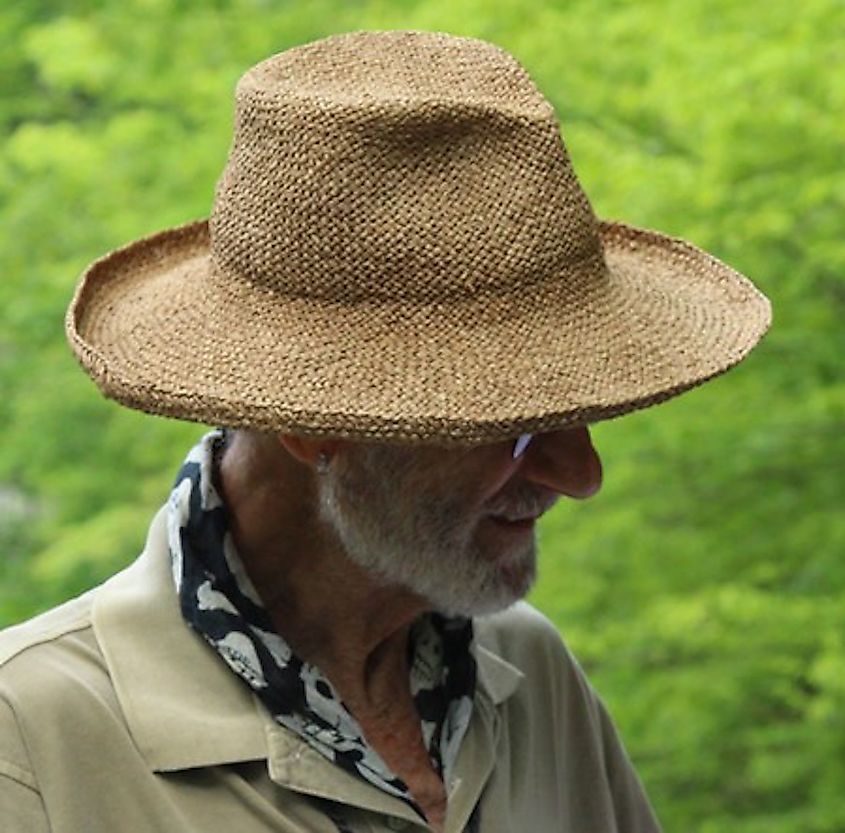
Frank Serpico joined the NYPD in September 1959. He was an idealist who rejected bribes from his partners when he discovered the systematic corruption that existed within the force. In 1967, he tried to handle things internally by going to his superiors, but little came of this, so in 1970, he went to The New York Times. Public concern was at such a high after the newspaper printed his story that it prompted the mayor to create the Knapp Commission which was responsible for investigating the accusations. In 1971, Serpico was shot during a drug bust, an incident that many believe to be the result of police retaliation. After receiving the Medal of Honor the following year, Serpico decided to retire from the force.
Vladimir Bukovsky (1971)
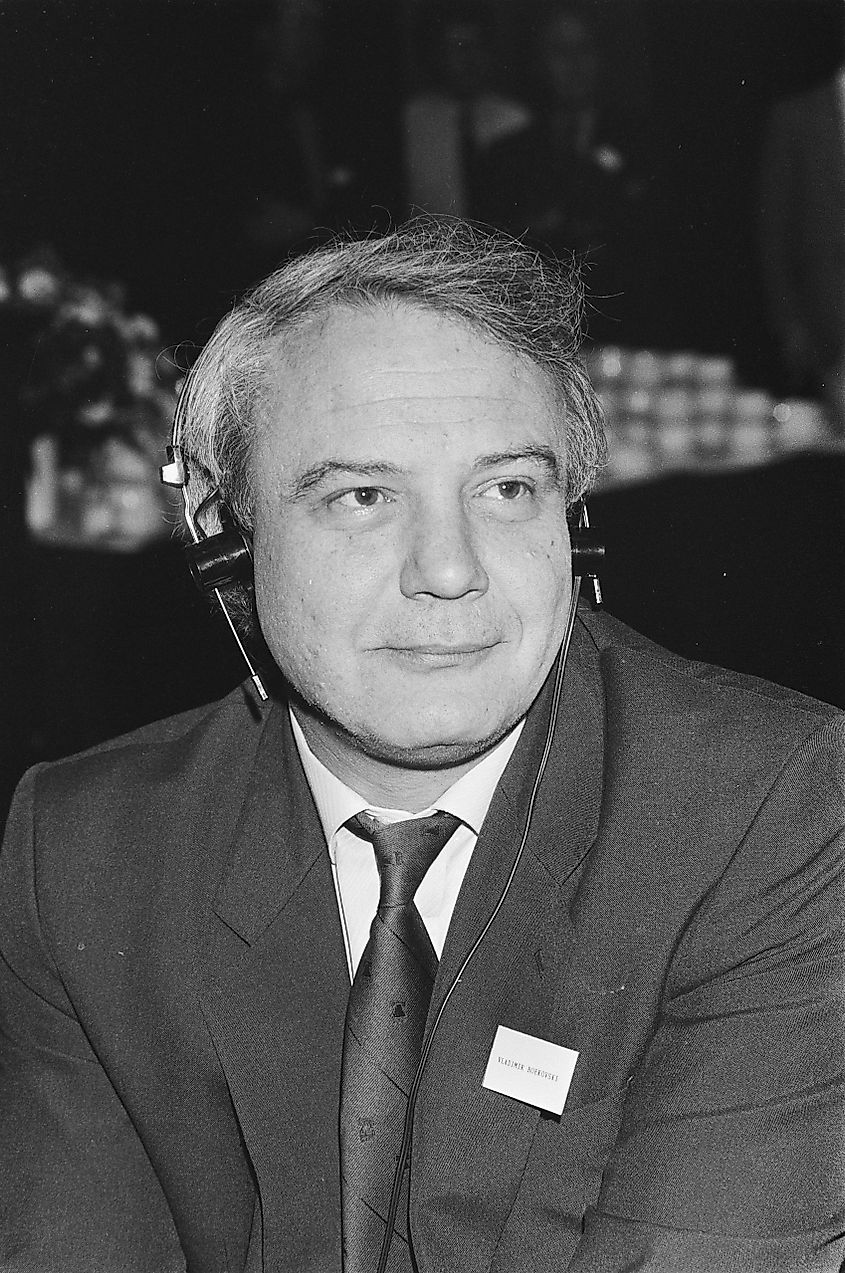
Bukovsky at the Sakharov Congress in Amsterdam, 21 May 1987.
Since the early 1960s, Vladimir Bukovsky used his platform as a human rights activist to speak out against the Soviet Union. After government officials declared him mentally ill, he spent the following twelve years in-and-out of psychiatric hospitals and prisons. During his time in these institutions, Bukovsky discovered that the Soviets were branding political opponents and other dissidents as mentally unstable to justify locking them away. In 1971, he managed to smuggle hospital records to the west as proof of this immoral practice. Five years later, he was expelled in exchange for an imprisoned communist leader. Bukovsky settled in Cambridge where he died many years later in 2019.
Daniel Ellsberg (1971)
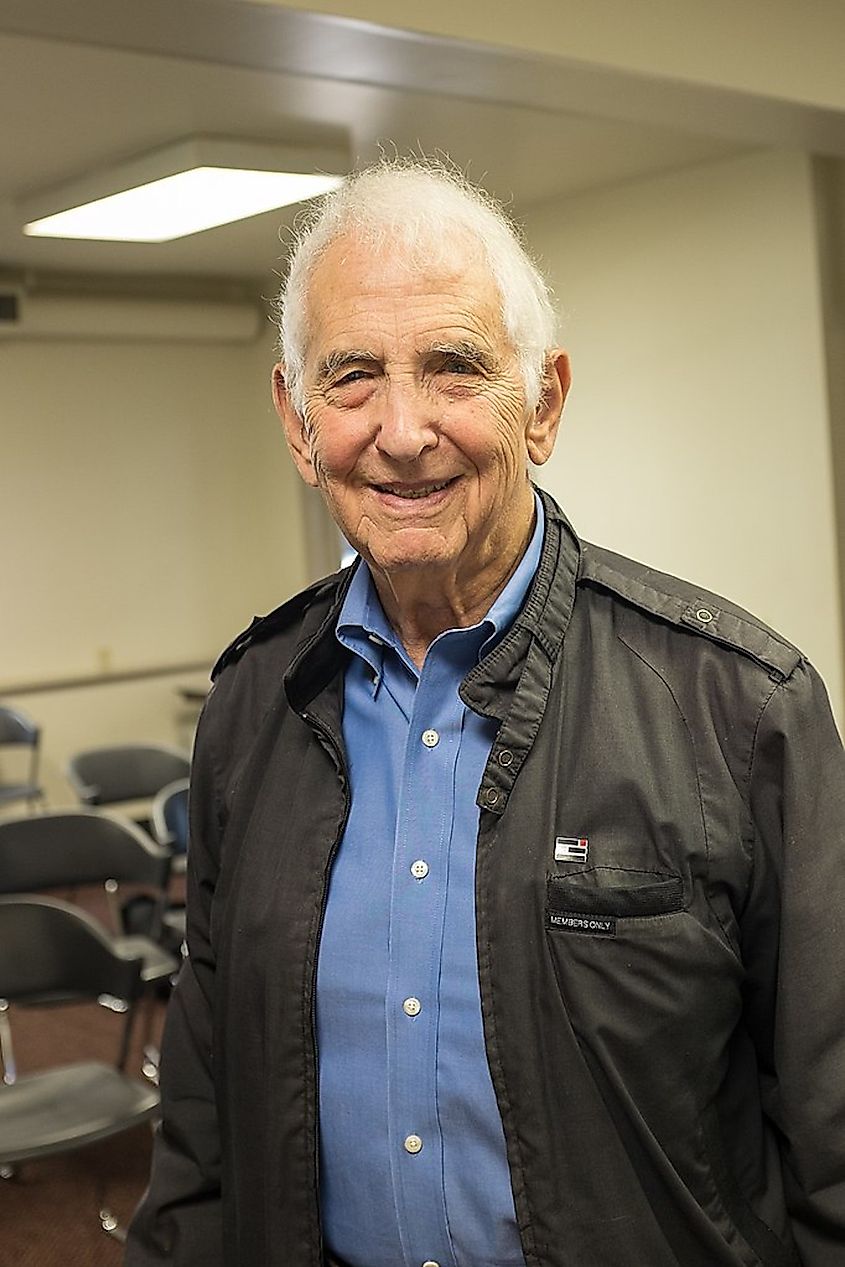
Daniel Ellsberg was a United States military analyst who worked on the Pentagon Papers, a top-secret report that detailed the history of the country’s involvement in Vietnam from 1945 to 1967. The papers revealed that the Johnson administration had lied to Congress and the American public about their military operations in that part of the world. In 1971, Ellsberg leaked them to The New York Times. Nixon attempted to prevent publication, but they were printed, nonetheless. When the public learned about the bombings and coastal raids, their trust in the government was shaken. Ellsberg was charged with espionage and theft of government property, but these charges were eventually dropped.
Mark Felt (1972 – 1974)
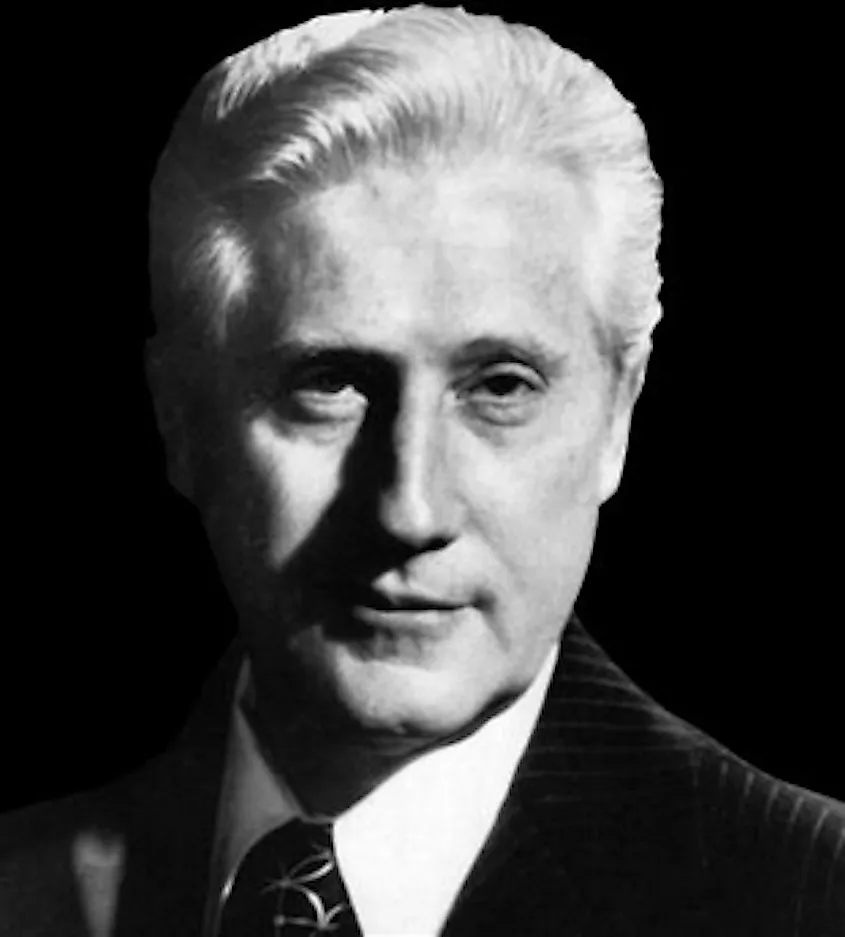
In June 1972, five men were promptly arrested for breaking into the Democratic National Committee headquarters, an incident that would become known as the Watergate scandal. During the ensuing months, Mark Felt, the Associate Director of the FBI, worked under an anonymous alias to leak classified information to the Washington Post. With help from two reporters, he exposed Richard Nixon and his administration for their involvement and active cover-up of the break-in, forcing the president to resign. For years people theorized whether Felt was the FBI informant known as “Deep Throat,” but the identity of the mysterious figure would remain a secret until 2005, three years before Felt’s death.
Karen Silkwood (1974)
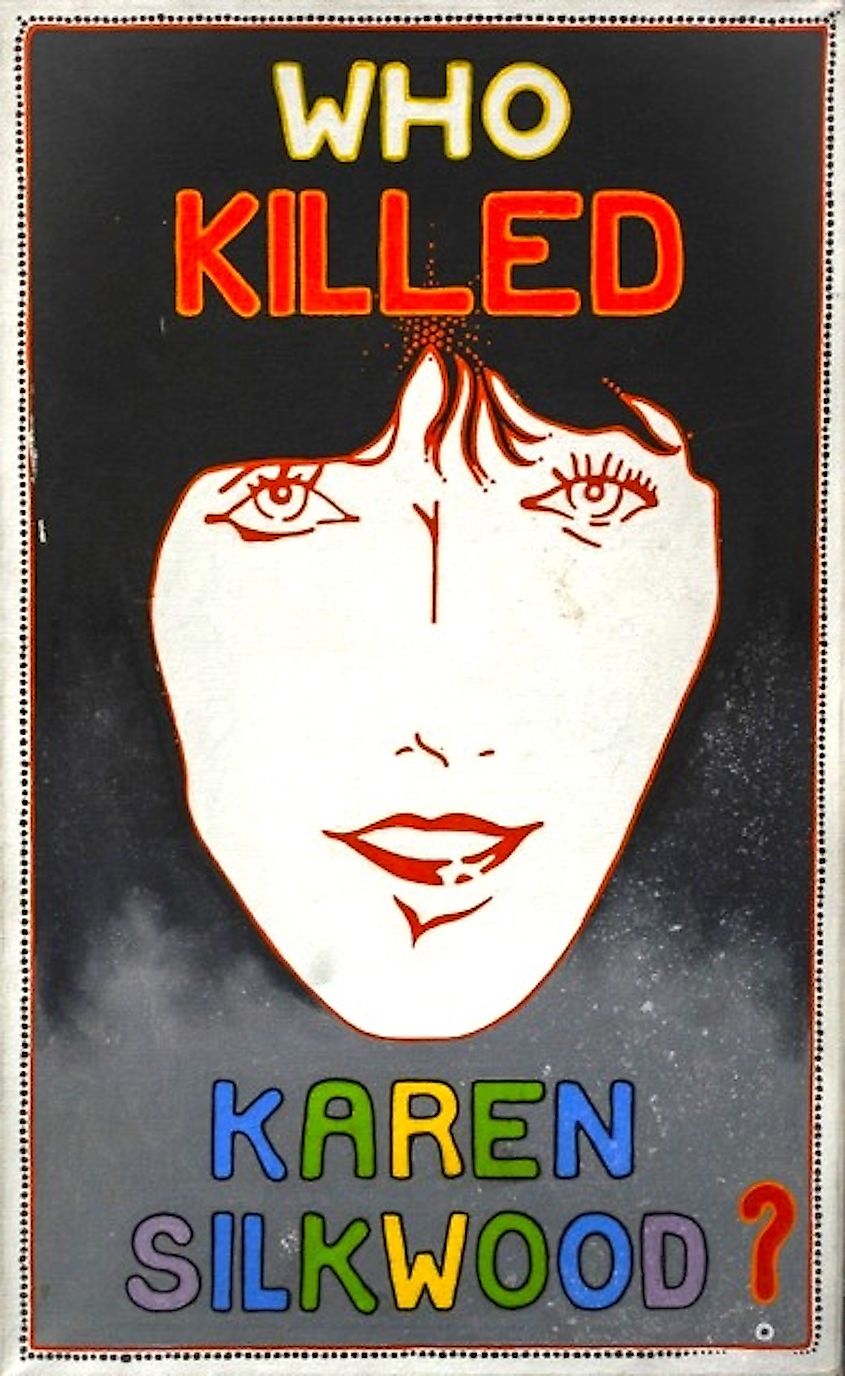
Karen Silkwood was a chemical technician at a plutonium plant operated by the Kerr-McGee Corporation. By 1974, she had grown concerned about the plant’s conditions and the overall disregard for the safety of its workers. In September, she took these complaints to the Atomic Energy Commission. As it turned out, Silkwood was contaminated with radioactivity. In possession of evidence proving the corporation’s negligence, she set up a meeting with a reporter from The New York Times in November. She died en route. Investigators were unable to locate the folder of evidence in the wreckage of her car, fueling speculation that it had been an inside job to prevent her from leaking further information.
Jeffrey Wigand (1996)
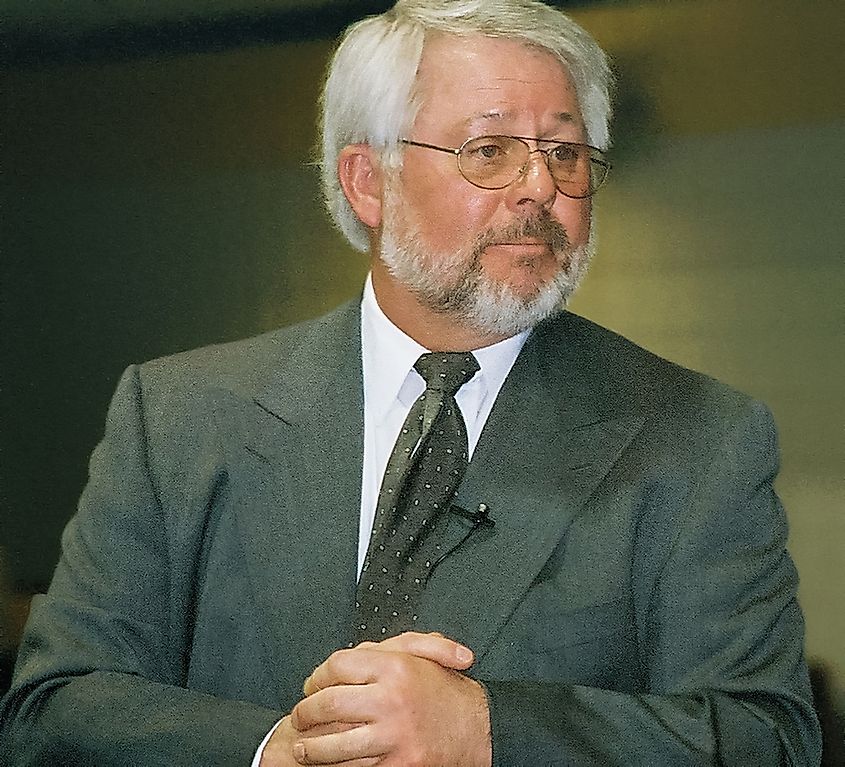
Jeffrey Wigand, speaking to an ethics conference at the University of South Florida St. Petersburg
During the early 1990s, Jeffrey Wigand worked as the vice president of research and development for Brown & Williamson, the third-largest American tobacco company. There, he discovered that high-level executives were purposely tampering with their products by secretly adding extra carcinogenic and addictive ingredients. Confrontations with the company’s CEO eventually led to his firing. In 1996, Wigand appeared on 60 Minutes and openly accused Brown & Williamson of making their products more addictive. As a result, he received death threats, but his whistleblowing interfered with the efforts of top executives who were trying to convince Congress that cigarettes were not addictive in general.
Linda Tripp (1997 – 1998)

Despite the drastic age difference, Pentagon employee Linda Tripp developed a friendship with White House intern Monica Lewinsky. In 1997, Tripp began secretly recording the younger woman after learning about her affair with President Bill Clinton. She eventually turned over twenty hours worth of tapes to special prosecutor Kenneth Starr. These recordings became instrumental in Clinton’s impeachment trial of 1998. Tripp remained insistent that her motives were patriotic, but many assumed she betrayed Lewinsky to avoid charges of illegal wiretapping. Regardless, she was eventually fired from her job at the Pentagon. She died in April 2020 from pancreatic cancer.
Edward Snowden (2013)

Edward Snowden was working for the National Security Agency as a government contractor when he leaked high classified information to such newspapers as The New York Times and the Washington Post. He insisted his name be printed alongside the information which concerned several global surveillance programs. The Department of Justice charged him with espionage and theft of government property, but he managed to escape to Russia before they revoked his passport. Many Americans consider him a hero, while others think of him as a traitor. Either way, we continue to remain engaged in conversations about privacy and security thanks in part to Snowden’s whistleblowing.











